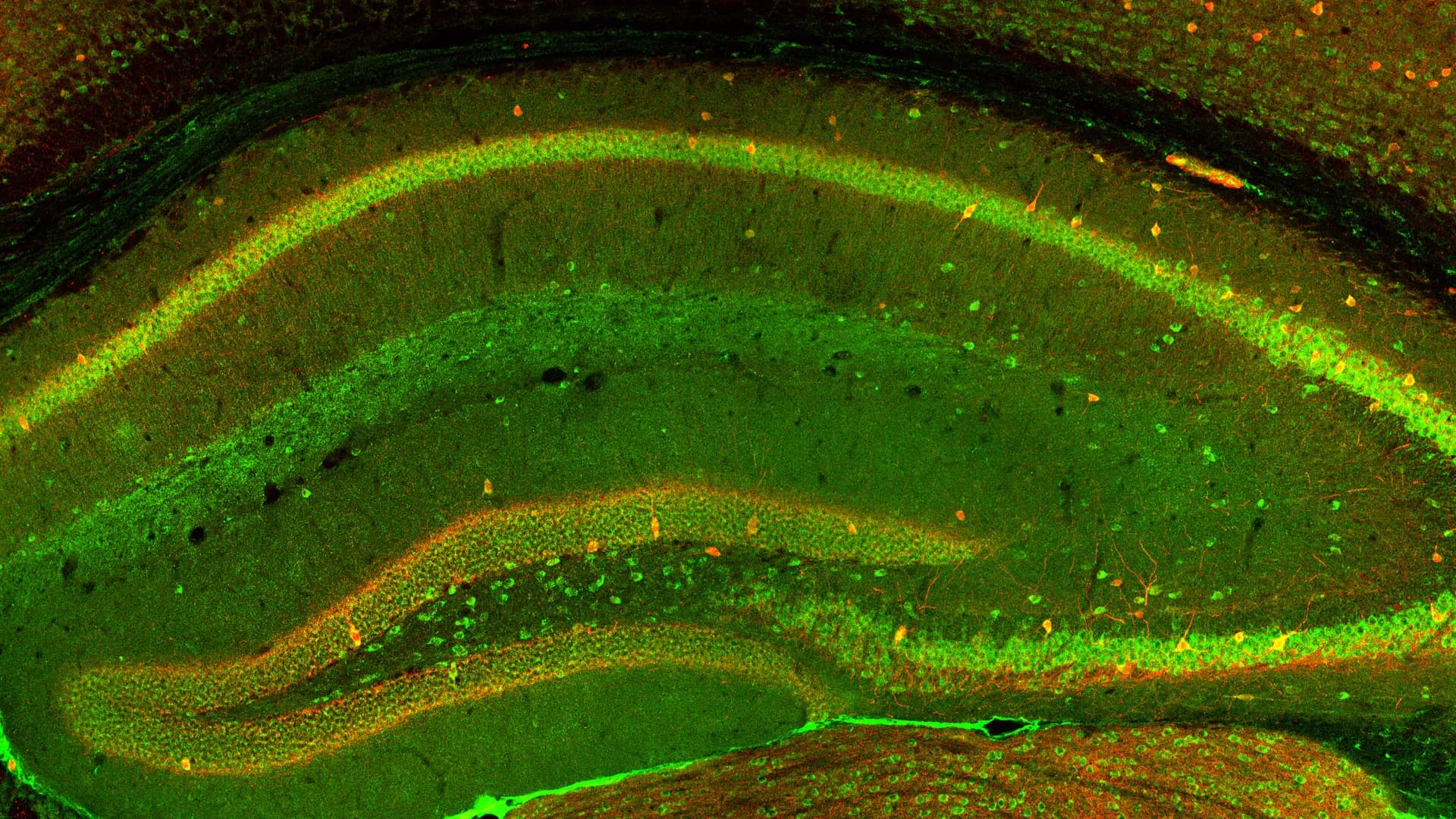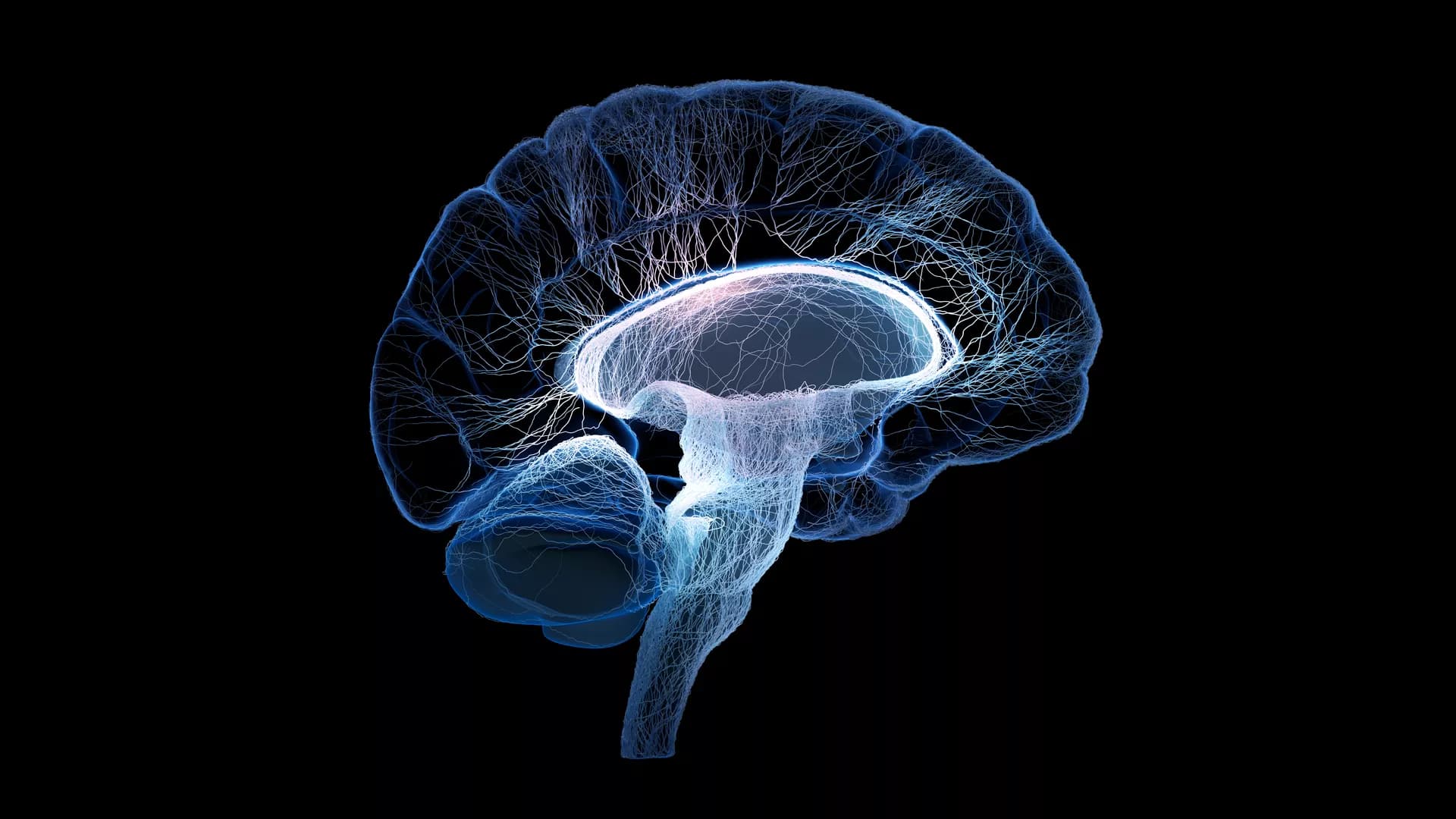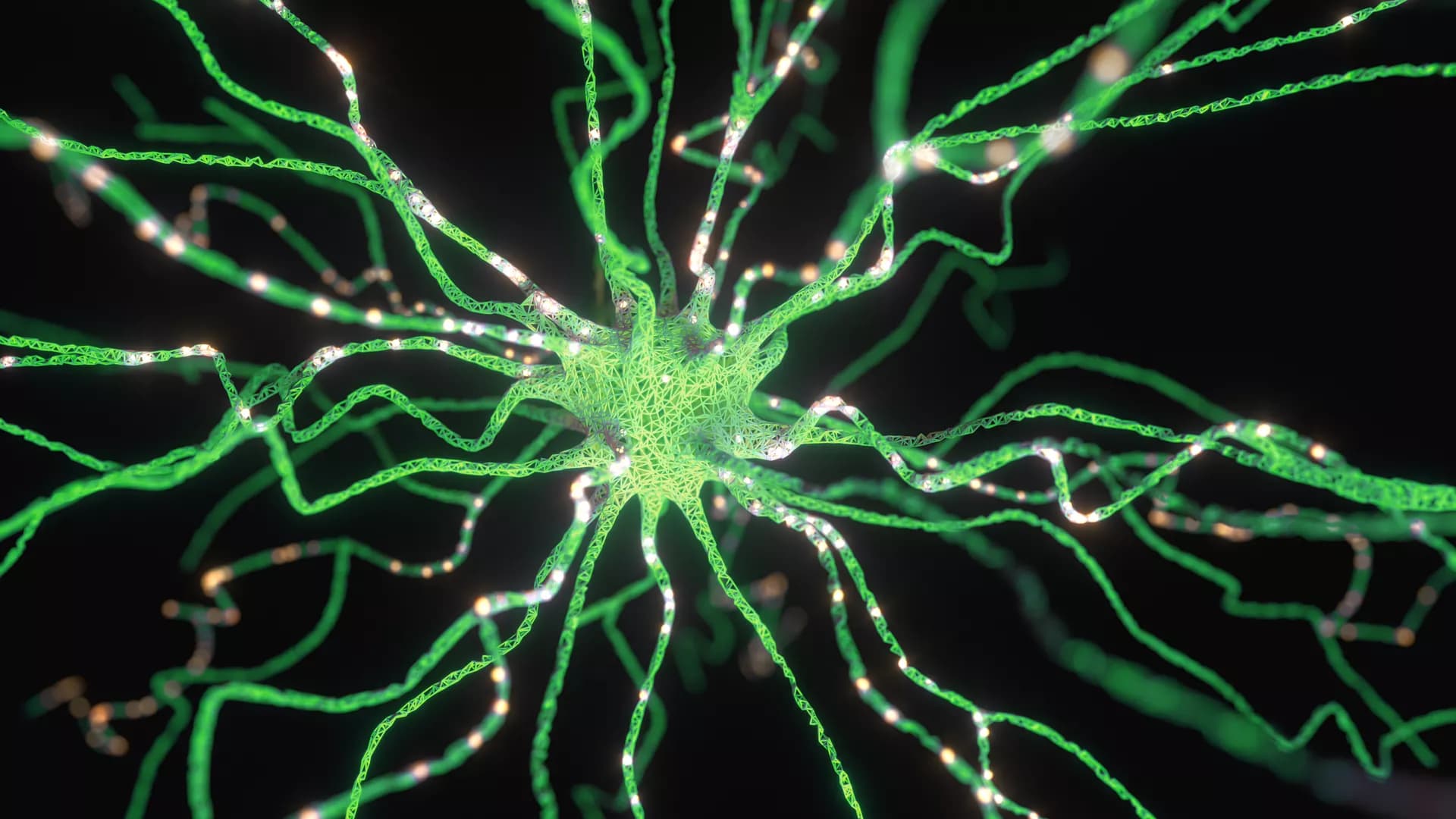In-memory computing (IMC) is a non-von Neumann paradigm that has recently established itself as a promising approach for energy-efficient, high throughput hardware for deep learning applications. One prominent application of IMC is that of performing matrix-vector multiplication in time complexity by mapping the synaptic weights of a neural-network layer to the devices of an IMC core. However, because of the significantly different pattern of execution compared to previous computational paradigms, IMC requires a rethinking of the architectural design choices made when designing deep-learning hardware. In this work, we focus on application-specific, IMC hardware for inference of Convolution Neural Networks (CNNs), and provide methodologies for implementing the various architectural components of the IMC core. Specifically, we present methods for mapping synaptic weights and activations on the memory structures and give evidence of the various trade-offs therein, such as the one between on-chip memory requirements and execution latency. Lastly, we show how to employ these methods to implement a pipelined dataflow that offers throughput and latency beyond state-of-the-art for image classification tasks.
Compute-in-memory (CIM) is an attractive solution to process the extensive workloads of multiply-and-accumulate (MAC) operations in deep neural network (DNN) hardware accelerators. A simulator with options of various mainstream and emerging memory technologies, architectures, and networks can be a great convenience for fast early-stage design space exploration of CIM hardware accelerators. DNN+NeuroSim is an integrated benchmark framework supporting flexible and hierarchical CIM array design options from a device level, to a circuit level and up to an algorithm level. In this study, we validate and calibrate the prediction of NeuroSim against a 40-nm RRAM-based CIM macro post-layout simulations. First, the parameters of a memory device and CMOS transistor are extracted from the foundry’s process design kit (PDK) and employed in the NeuroSim settings; the peripheral modules and operating dataflow are also configured to be the same as the actual chip implementation. Next, the area, critical path, and energy consumption values from the SPICE simulations at the module level are compared with those from NeuroSim. Some adjustment factors are introduced to account for transistor sizing and wiring area in the layout, gate switching activity, post-layout performance drop, etc. We show that the prediction from NeuroSim is precise with chip-level error under 1% after the calibration. Finally, the system-level performance benchmark is conducted with various device technologies and compared with the results before the validation. The general conclusions stay the same after the validation, but the performance degrades slightly due to the post-layout calibration.
The development of brain-inspired neuromorphic computing architectures as a paradigm for Artificial Intelligence (AI) at the edge is a candidate solution that can meet strict energy and cost reduction constraints in the Internet of Things (IoT) application areas. Toward this goal, we present μBrain: the first digital yet fully event-driven without clock architecture, with co-located memory and processing capability that exploits event-based processing to reduce an always-on system's overall energy consumption (μW dynamic operation). The chip area in a 40 nm Complementary Metal Oxide Semiconductor (CMOS) digital technology is 2.82 mm2 including pads (without pads 1.42 mm2). This small area footprint enables μBrain integration in re-trainable sensor ICs to perform various signal processing tasks, such as data preprocessing, dimensionality reduction, feature selection, and application-specific inference. We present an instantiation of the μBrain architecture in a 40 nm CMOS digital chip and demonstrate its efficiency in a radar-based gesture classification with a power consumption of 70 μW and energy consumption of 340 nJ per classification. As a digital architecture, μBrain is fully synthesizable and lends to a fast development-to-deployment cycle in Application-Specific Integrated Circuits (ASIC). To the best of our knowledge, μBrain is the first tiny-scale digital, spike-based, fully parallel, non-Von-Neumann architecture (without schedules, clocks, nor state machines). For these reasons, μBrain is ultra-low-power and offers software-to-hardware fidelity. μBrain enables always-on neuromorphic computing in IoT sensor nodes that require running on battery power for years.
Equilibrium Propagation is a biologically-inspired algorithm that trains convergent recurrent neural networks with a local learning rule. This approach constitutes a major lead to allow learning-capable neuromophic systems and comes with strong theoretical guarantees. Equilibrium propagation operates in two phases, during which the network is let to evolve freely and then “nudged” toward a target; the weights of the network are then updated based solely on the states of the neurons that they connect. The weight updates of Equilibrium Propagation have been shown mathematically to approach those provided by Backpropagation Through Time (BPTT), the mainstream approach to train recurrent neural networks, when nudging is performed with infinitely small strength. In practice, however, the standard implementation of Equilibrium Propagation does not scale to visual tasks harder than MNIST. In this work, we show that a bias in the gradient estimate of equilibrium propagation, inherent in the use of finite nudging, is responsible for this phenomenon and that canceling it allows training deep convolutional neural networks. We show that this bias can be greatly reduced by using symmetric nudging (a positive nudging and a negative one). We also generalize Equilibrium Propagation to the case of cross-entropy loss (by opposition to squared error). As a result of these advances, we are able to achieve a test error of 11.7% on CIFAR-10, which approaches the one achieved by BPTT and provides a major improvement with respect to the standard Equilibrium Propagation that gives 86% test error. We also apply these techniques to train an architecture with unidirectional forward and backward connections, yielding a 13.2% test error. These results highlight equilibrium propagation as a compelling biologically-plausible approach to compute error gradients in deep neuromorphic systems.








![(A) Bidirectional Encoder Representations from Transformers (BERT) with 12 encoder layers. The input to BERT is a sequence of tokens, where each token is either a word or a word-piece. This sequence is processed through each layer, followed by a pooler to reduce output size and a fully-connected classifier layer. For example, to classify “I want a cat <eos>" (where <eos> is the end-of-sentence token) as either grammatical (0) or not (1), the classifier needs only two outputs. Each encoder layer (B) is comprised of two main building blocks: (1) the self-attention block, where the model computes an attention matrix between the input and itself, and (2) a feed-forward network with two large fully-connected layers. Dark grey represents trained weight layers in analog, while (C) shows the attention processing in digital. The input sequence to the self-attention block passes through a trained weight layer split into three parts to compute Q (query), K (key), and V (value) matrices. To compute attention (C), Q, K, and V are each split into multiple attention heads (for BERT, 12), both to reduce matrix sizes and to allow each to learn slightly different representations of the sequence. [c(i)] A similarity matrix is computed between Q and K, followed by a softmax operation along rows to produce values between 0 and 1. [c(ii)] These probabilities are then multiplied by V and move to the next analog tile followed by the feed-forward network. [c(iii)] A higher probability (darker shade) in one of the 12 probability (P) matrices might indicate, for example, that the word “cat” is important for prediction of the word “want”.](https://www.frontiersin.org/_rtmag/_next/image?url=https%3A%2F%2Fwww.frontiersin.org%2Ffiles%2FArticles%2F675741%2Ffncom-15-675741-HTML%2Fimage_m%2Ffncom-15-675741-g003.jpg&w=3840&q=75)





